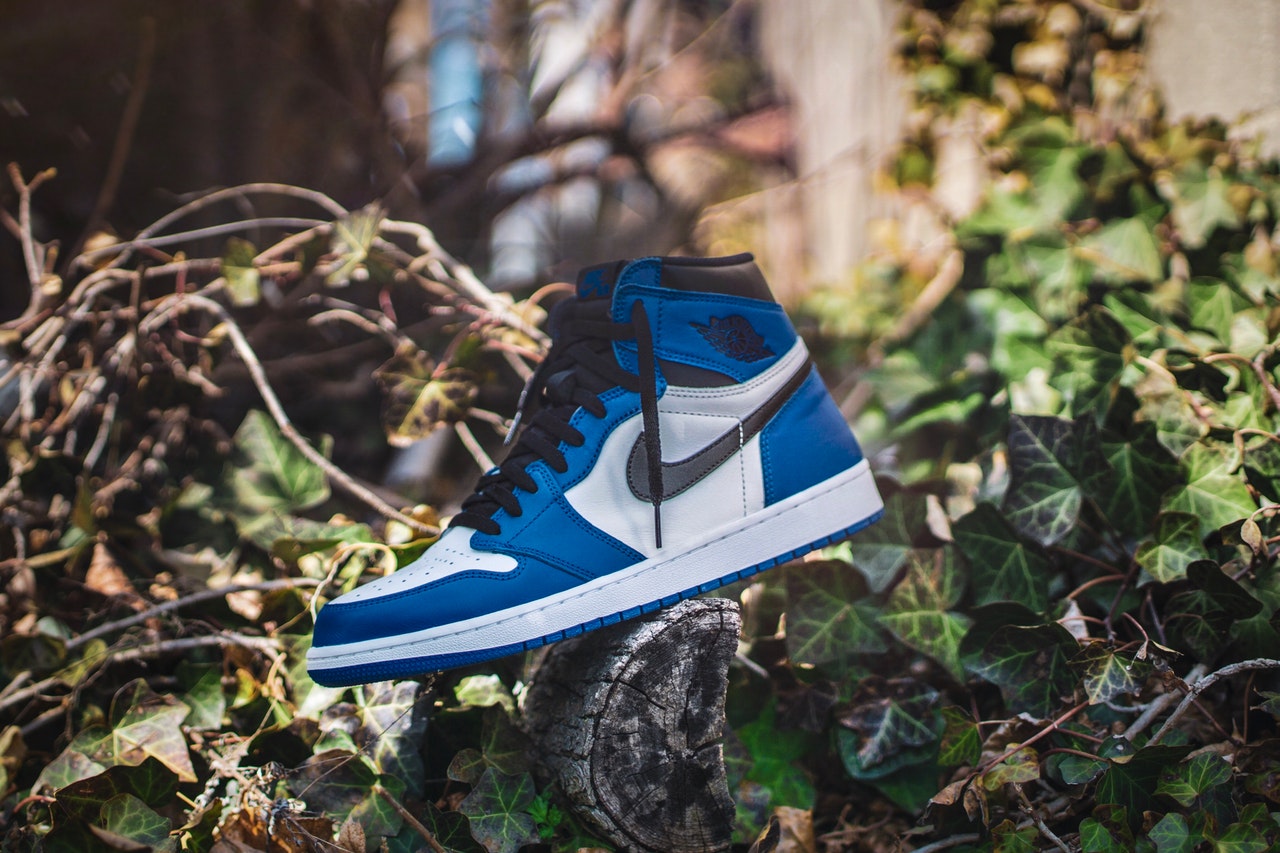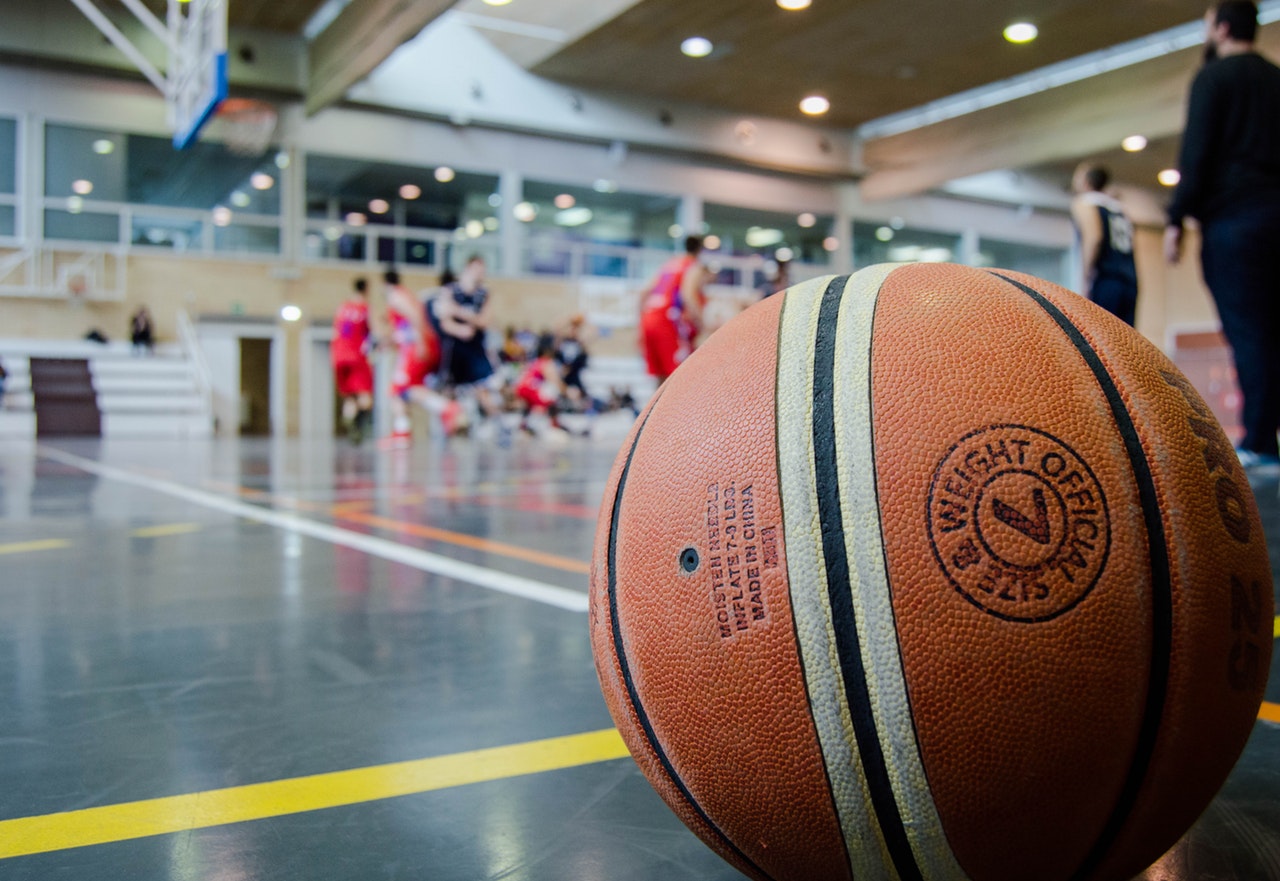The ideas, attitudes, beliefs or norms that create a culture are an aspect of convention practised by the majority. It appears our world – a large borderless global village – has made certain cultural things extremely common. As this global culture continued to grow, we needed to qualify it with an adjective that in itself elicits the same meaning. That word is popular.
What’s popular will change from decade to decade, or even by year or month. In the beauty industry, for example, having big but natural breast implants were the biggest trend of the ’90s, whereas dermal fillers are the most popular treatment in the ’00s.
Popular cultural practices are adopted by the “masses”, or the general public, to depict an idea or behaviour that is widely accepted and esteemed. Adherence to pop culture becomes a kind of obsession, pushing people to be part of the practice by all means.
The sneaker industry is one of the industries that have maintained a strong impact on pop culture for generations. If you go to any home in America, you are likely to find several pairs of sneakers owned by both younger and older folks. The story is similar in Asia, Europe and Africa.
So what has created this sneaker craze?
A history that links sneakers to celebrities
It is evident that the young beat the older when it comes to owning and wearing these kicks. Obviously, younger folks are more characterized by identity formation processes (during which models and sportsmen and women are of great interest to them). This makes the celebrity an object of admiration and style inspiration for whole generations at a time.
As with many other pop cultures, the origins of the sneaker culture are traced back to America in the late 1970s, when the hip hop and the b-boy movements used them to create their identity. The sneaker pop culture, however, became mainstream in 1985, when Nike created the famous Air Jordans for the celebrated basketball champion Michael Jordan. Since then, the culture has spread to every corner of the globe. The most extreme fans are called ‘sneakerheads’; those who are overly passionate about sneakers and will do anything to make an extensive collection of the shoes with every new brand.
Today, being a ‘sneakerhead’ or a celeb associated with a sneaker brand are key features of pop culture. Exclusive terms are also used to express common meanings of pop culture, as in the case of ‘deadstock’- implying a new shoe that has never been worn, or ‘hype’ to imply sneakers that create a lot of noise and attention prior to the release date.
The noise by the sneaker culture has obvious effects on the sneaker industry.
Repercussions on the sneaker industry
Media has depicted images of youngsters queuing for long hours to purchase a pair of sneakers that have just been released into the market. Buying raffle tickets to win exclusive brands is also making good business. The manufacturer has no option but to consistently please the customer’s crave. In fact, news by Reportlinker.com at the beginning of June 2019, indicates that the global sneaker industry, which stood at $ 58billion in 2018, will grow by 7% between 2019 and 2024.
What’s trending?
The sneaker culture is thriving. You just need to look around to notice the current trends. The chunky-sole brands are one of the main trends today, with specific brands such as Dad sneaker, Adidas Yeezy 500 (and 700), and the Balenciaga Triple S hitting the streets and sports fields with a boom.



